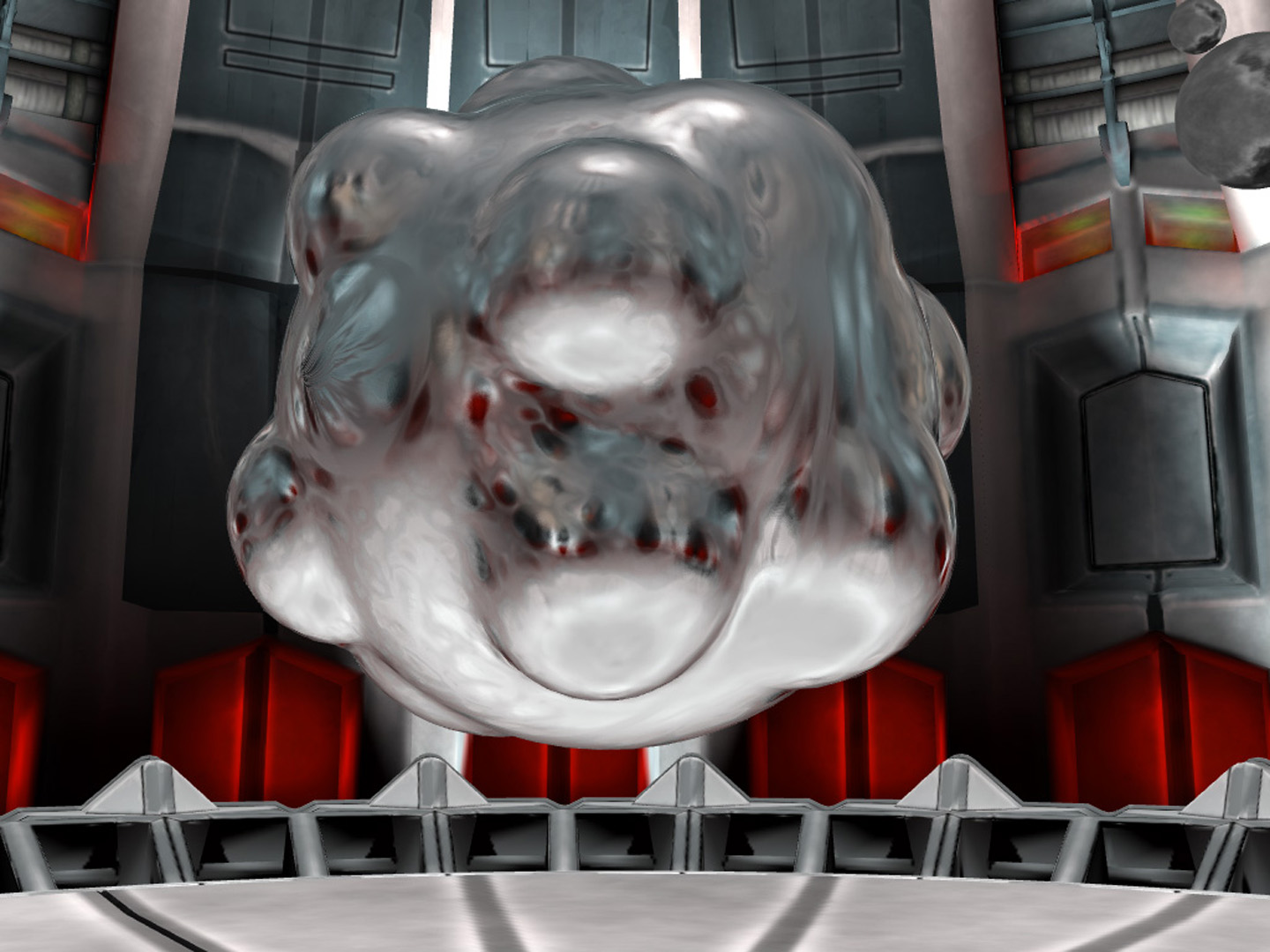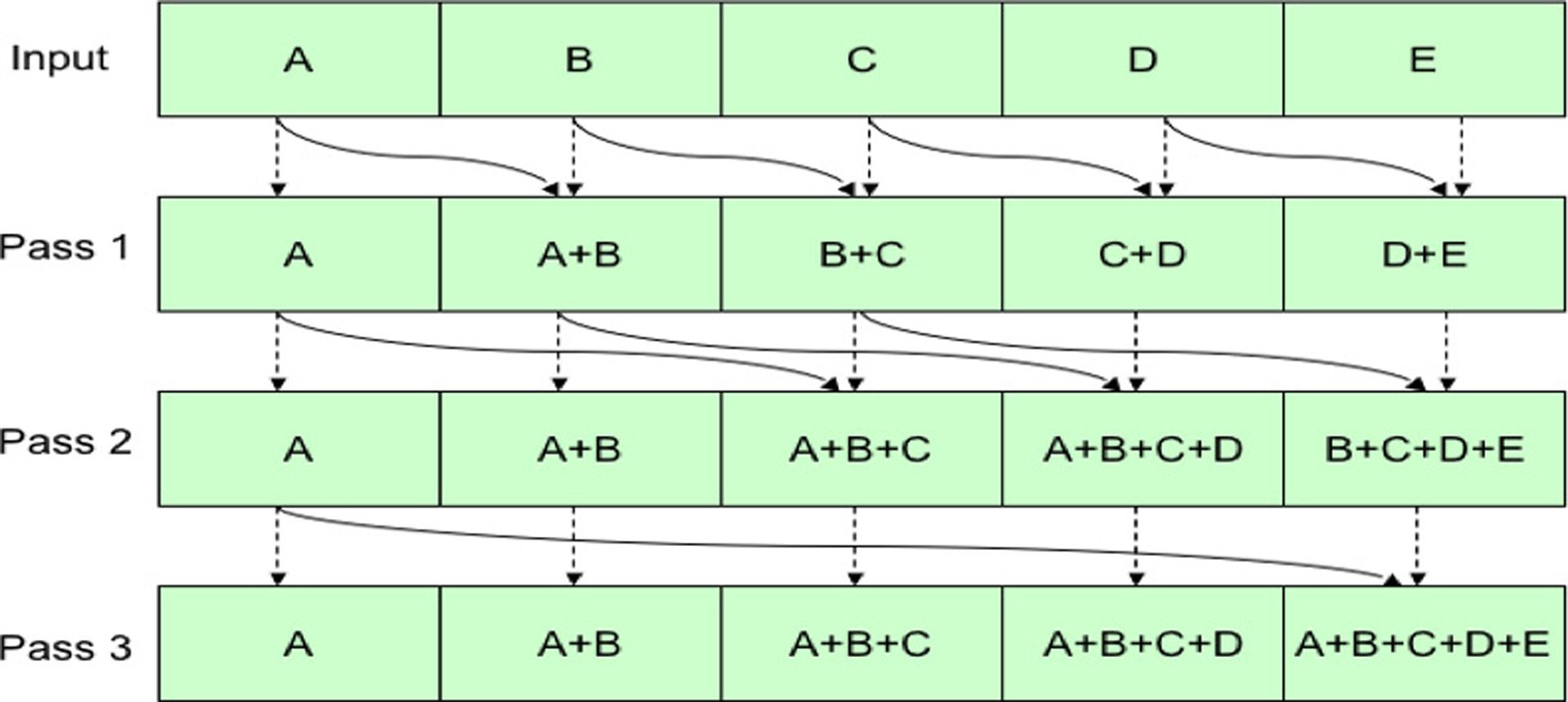“Interactive summed-area table generation for glossy environmental reflections”
Conference:
Type(s):
Title:
- Interactive summed-area table generation for glossy environmental reflections
Presenter(s)/Author(s):
Abstract:
There are many applications in computer graphics where spatially varying filters are useful. One example is the rendering of glossy re- flections. Unlike perfectly reflective materials, which only require a single radiance sample in the direction of the reflection vector, glossy materials require integration over a solid angle. Blurring by filtering the reflected image with a support dependent on the surface‘s BRDF can approximate this effect. This is currently done by pre-filtering off-line, which limits the technique to static environments. Crow [1984] introduced summed-area tables to enable more general texture filtering than was possible with mip maps. Once generated, a summed-area table provides a means to evaluate a spatially varying box filter with a constant number of texture reads.
References:
Crow, F. C. 1984. Summed-area tables for texture mapping. In SIGGRAPH ’84: Proceedings of the 11th annual conference on Computer graphics and interactive techniques, ACM Press, New York, NY, USA, 207–212.
Hillis, W. D., and Guy L. Steele, J. 1986. Data parallel algorithms. Commun. ACM 29, 12, 1170–1183.
Kautz, J., Vazquez, P.-P., Heidrich, W., and Seidel, H.-P. 2000. A unified approach to prefiltered environment maps. In Eurographics Workshop on Rendering.





